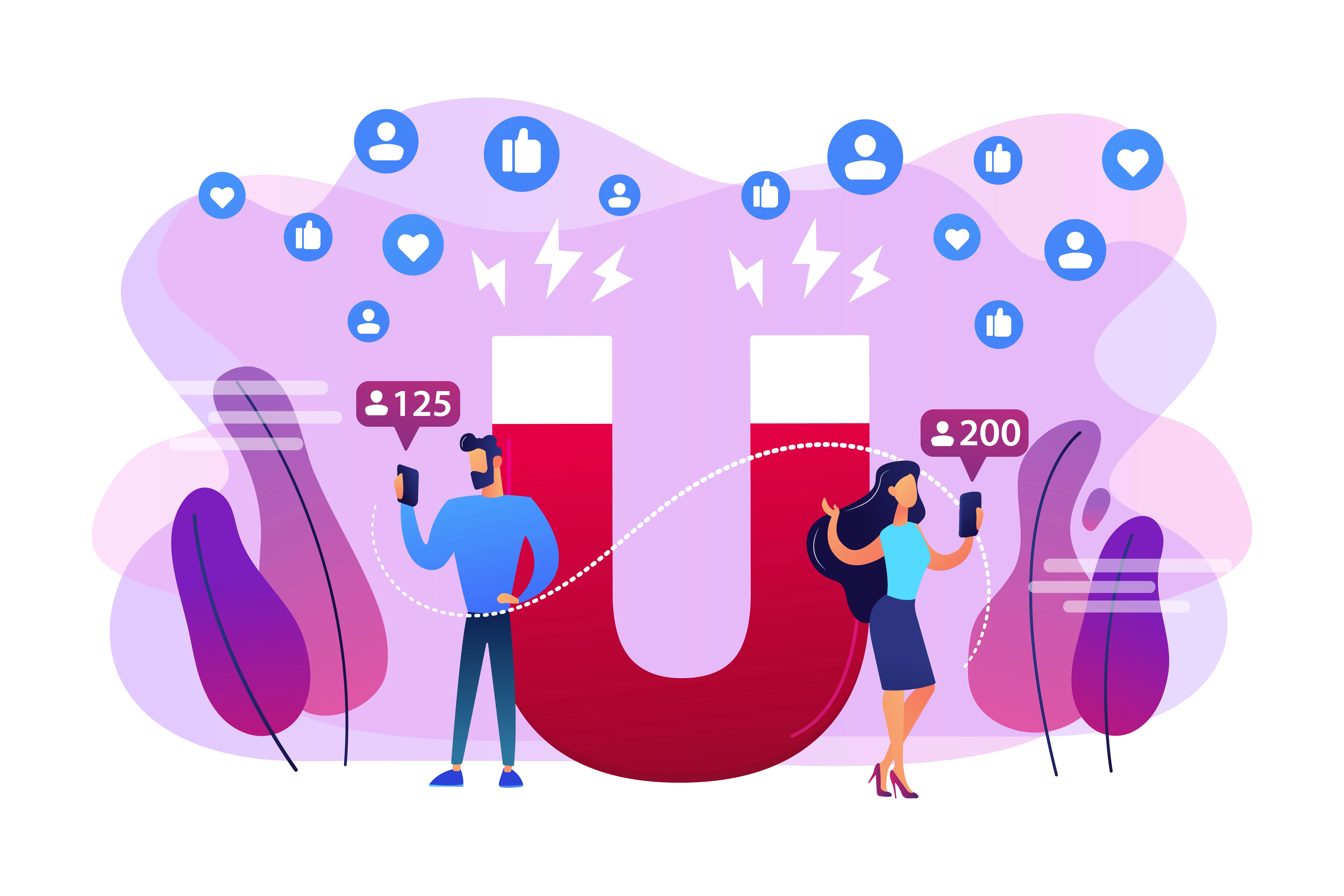Proven Strategies on How to Generate Leads for Business in 2025
Knowing how to generate leads in 2025 means adapting to smarter buyers, tighter budgets, and higher expectations. Businesses are no longer throwing out massive nets and hoping for the best. Buyers are sharper, more cautious, and overloaded with messages. If you’re not hitting the right people at the right time with the right offer, you’re just noise.
Today, it’s all about relevance. Quality wins over quantity, and success hinges on smart sales funnel strategies that guide prospects from curiosity to conversion. The days of “blast and pray” are behind us.

Understand Your Ideal Customer Profile (ICP) First
The most innovative teams build data-backed ICPs using real insights, not gut feelings. Begin with firmographics, such as company size, industry, and revenue. Layer in technographics — what tools or platforms they use — to see if your offer fits into their stack. Then, dig into buying intent signals: what are they searching for, clicking on, or budgeting for?
Don’t stop there. Talk to your best clients. Ask sales what objections come up. Use CRM data to identify which deals move the fastest and which ones stall. Tools that enrich your database with actual buyer behavior can show you patterns you’d never spot manually. A good ICP is a filter — and when it’s sharp, everything else gets easier.
Multi-Channel Outreach Is the New Standard
The best-performing B2B lead generation tactics now mix cold email, LinkedIn outreach, warm calling, and retargeting ads. Each one plays a different role:
- Cold email opens the door with a clear, direct offer.
- LinkedIn outreach adds credibility and familiarity.
- Warm calls turn attention into conversations, especially when they come after a digital touchpoint.
- Retargeting ads keep you in the picture and build trust passively.
It’s not just about using all four — it’s about using them in the correct order. Someone gets your email on Monday. Connect request hits on Tuesday. You call them on Wednesday, referencing both of them. They see your face in a sponsored post by Friday. That’s sequencing — a smarter approach that connects the dots across cold outreach vs inbound strategies to build momentum and trust.
If you’re not sure where to start, here’s a breakdown of how to generate leads for business in different B2B scenarios.
Personalization at Scale
Personalizing someone’s name and company is the bare minimum. Adding pain points related to their role? Now you’re getting somewhere and mentioning something industry-specific or offering a resource tied to their exact job function? That’s what gets attention.
Scaling this kind of outreach used to be a headache, but now there are smart tools that make it easier. Platforms like LeadFuze, Apollo, and Clay pull in data that enables you to personalize your outreach by job title, tech stack, company milestones, and more, without sounding robotic. The key is to write messaging frameworks, not scripts, and tweak them based on audience segments. Automation should make you faster, not lazier.
Content as a Lead Magnet
People don’t want to be sold — they want to be helped. That’s why great content is a must-have for any serious demand generation for SaaS playbook in 2025. But not just any content. You need the kind that answers fundamental questions, solves real-world problems, and addresses real industries.
Here’s what’s working now:
- Case studies that show real results in a clear, no-BS format
- Industry-specific blog posts that speak directly to your target buyer’s world
- Downloadables like checklists, eBooks, or plug-and-play templates that save people time
And it’s not just about creating — it’s about distribution. Optimize these assets for search so they appear when buyers are searching for solutions. Publish guest posts on niche sites your audience reads. Gate the high-value stuff behind a simple form to capture intent-driven leads.
Combined with smart distribution, these content formats support long-term sales funnel strategies that attract, educate, and convert.
Partner with the Right Experts
You’ve got two paths: build it in-house or bring in outside firepower. If you’ve got the team, time, and tools to test, track, and tweak — go for it. But if you’re short on bandwidth or want faster traction, a lead-gen partner can be a solid move.
Just make sure they’re not all talk. The best agencies don’t just promise leads — they bring real experience in your industry, show their metrics up front, and back it up with case studies that match your business model. They act like an extension of your team, not a mystery box.
Look for transparency, collaboration, and a shared commitment to achieving outcomes. If they can’t explain how they get results — or what happens if they don’t — keep looking.
Conclusion
Whether you’re running your first campaign or scaling what already works, this guide breaks down how to generate leads that convert. The companies winning right now aren’t guessing — they’re testing, tracking, and improving every step of the way.
There’s no silver bullet. However, if you know your audience, utilize the proper channels together, personalize at scale, and continually learn, you’ll build a pipeline that performs. And that’s what growth looks like.
